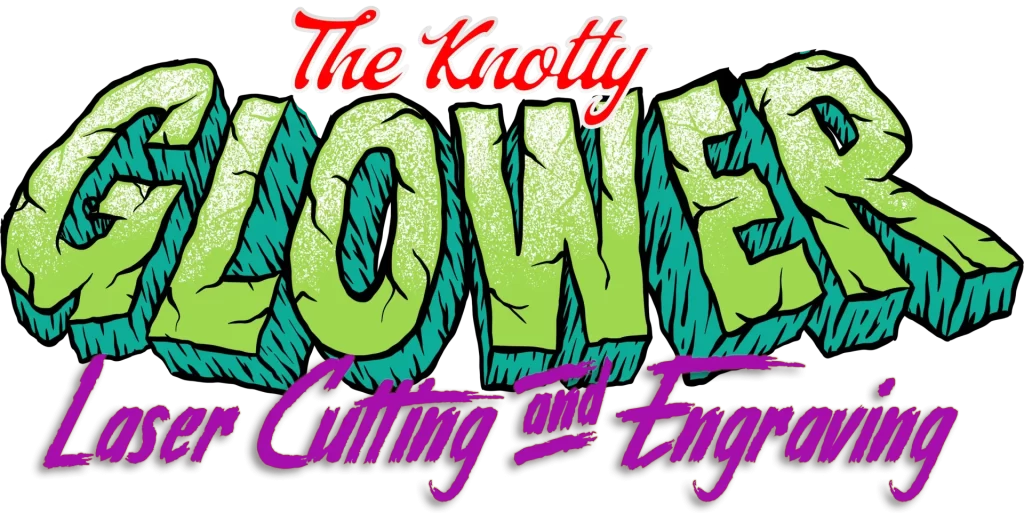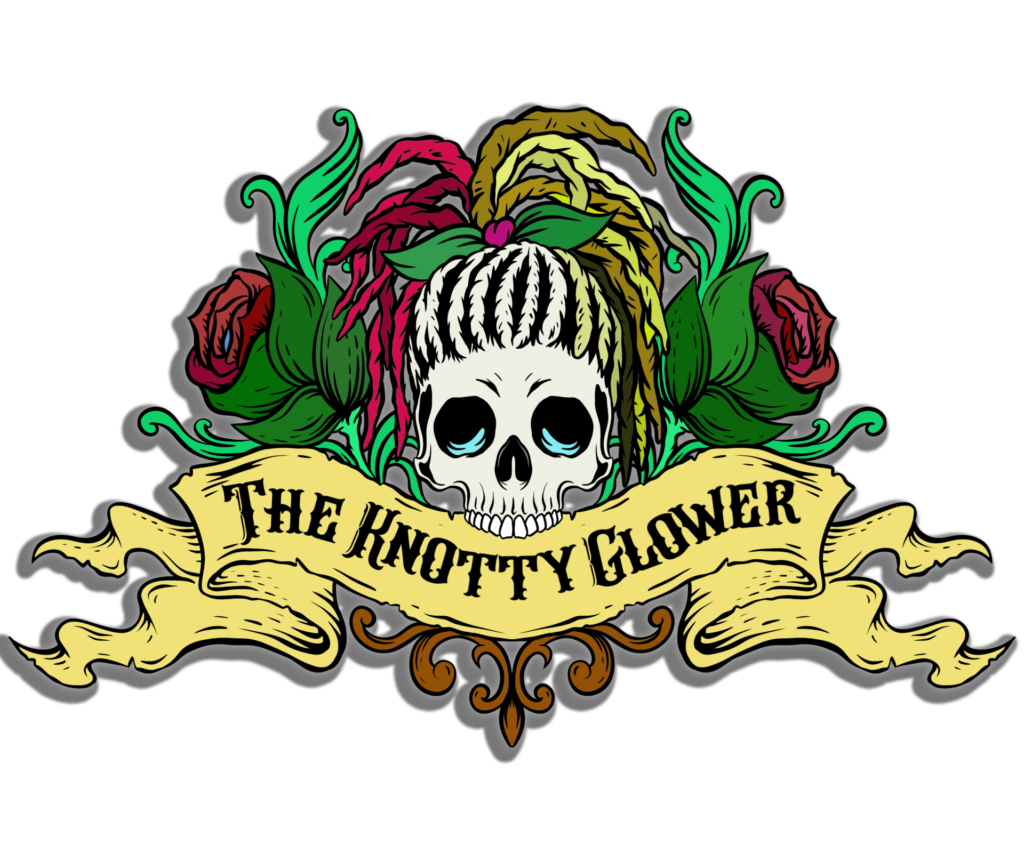What are the Recommended File Formats?
These are the accepted file formats for laser cutting, which can be uploaded in the company’s instant quote system: Adobe Illustrator (.ai), AutoCAD (.dxf), CorelDraw (.eps), Fusion360 (.dxf), Inkscape (.eps), and Solidworks (.dxf). Vector files are the only acceptable file format for laser cutting. If you designed your parts using non-CAD software, send the original (.ai or .eps) file to the company and they will take care of the conversion process. In case you only have a raster file (JPEG, GIF, PNG), there are tutorials available to help convert the art to vector format using Adobe Illustrator or Inkscape.
What are the file Requirements for Designing Laser Cut Parts?
- Artwork should be sent at the exact size you want it cut (1:1 scale). The company prefers Imperial Units (inches) but metric units are acceptable. They only accept millimeters for metric units, not centimeters or meters.
- The file should only contain the parts/cut-paths that the laser should follow for cutting, not instructions, dimensions, notes, borders, or unused objects. Notes and quantities can be noted on the order.
- Convert all text to shapes/outlines to enable the CNC laser cutters to process the cut correctly. If your vector design has any “active” text boxes, convert them to shapes or outlines.
- Shapes and fonts/type should be stencilized or connected with “bridges” to reduce the number of loose pieces during installation. Avoid intersecting or common lines.
- Shapes, holes, or cutouts should be at least 50% material thickness. Holes or interior geometry smaller than 50% the thickness of the material are unlikely to be cut accurately by the laser.
- The file should not contain empty objects or open contours.
- If you need software-specific help, refer to the tutorials available.
Get in Touch
For any further queries you can reach us!

